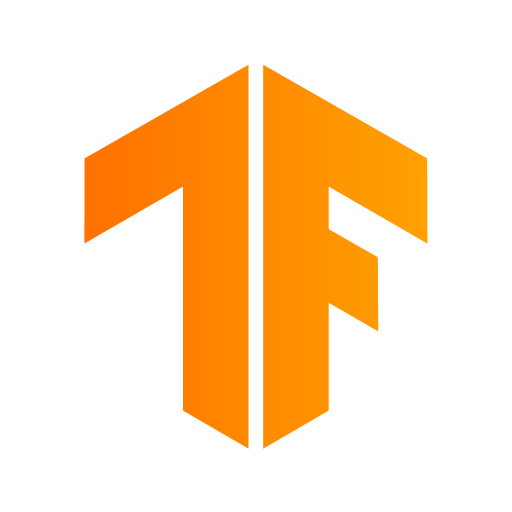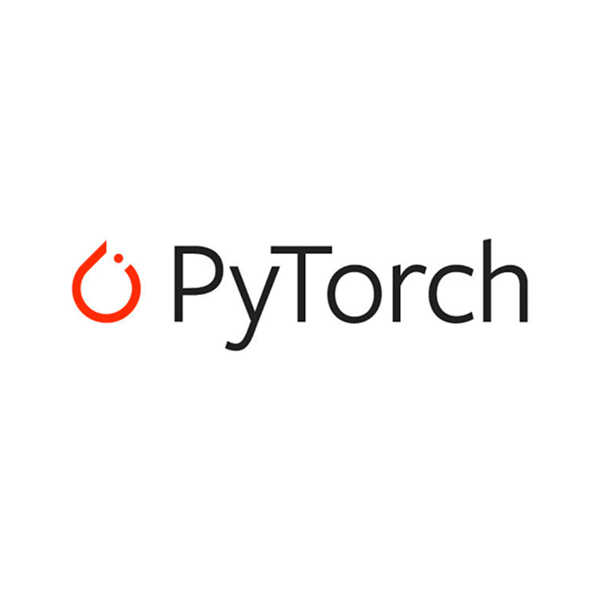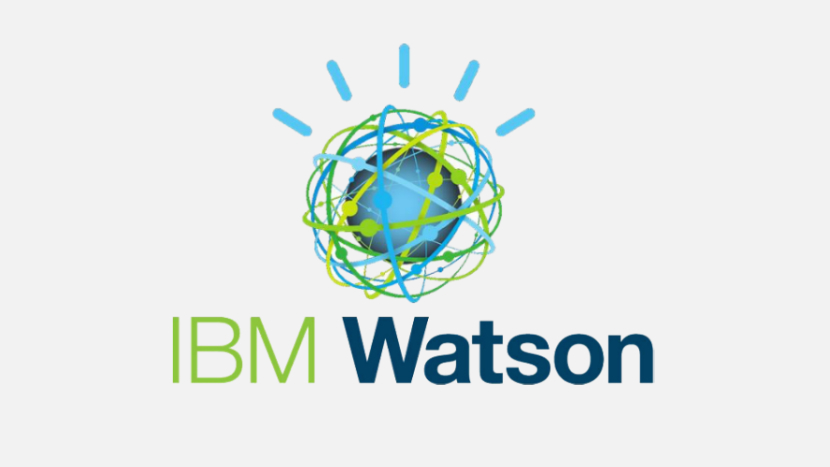According to Gartner, machine learning and AI will create $2.29 trillion of business value by 2021. Artificial intelligence is the way of the future, but many businesses do not have the resources to create and employ AI from scratch. Luckily, machine learning frameworks make the implementation of AI more accessible, enabling businesses to take their enterprises to the next level.
What Are Machine Learning Frameworks?
Machine learning frameworks are open source interfaces, libraries, and tools that exist to lay the foundation for using AI. They ease the process of acquiring data, training models, serving predictions, and refining future results. Machine learning frameworks enable enterprises to build machine learning models without requiring an in-depth understanding of the underlying algorithms. They enable businesses that lack the resources to build AI from scratch to wield it to enhance their operations.
For example, AirBNB uses TensorFlow, the most popular machine learning framework, to classify images and detect objects at scale, enhancing guests ability to see their destination. Twitter uses it to create algorithms which rank tweets.
Here is a rundown of today’s top ML Frameworks:
TensorFlow is an end-to-end open source platform for machine learning built by the Google Brain team. TensorFlow offers a comprehensive, flexible ecosystem of tools, libraries, and community resources, all built toward equipping researchers and developers with the tools necessary to build and deploy ML powered applications.
TensorFlow employs Python to provide a front-end API while executing applications in C++. Developers can create dataflow graphs which describe how data moves through a graph, or a series of processing nodes. Each node in the graph is a mathematical operation; the connection between nodes is a multidimensional data array, or tensor.
While TensorFlow is the ML Framework of choice in the industry, increasingly researchers are leaving the platform to develop for PyTorch.
PyTorch is a library for Python programs that facilitates deep learning. Like TensorFlow, PyTorch is Python-based. Think of it as Facebook’s answer to Google’s TensorFlow—it was developed primarily by Facebook’s AI Research lab. It’s flexible, lightweight, and built for high-end efficiency.
PyTorch features outstanding community documentation and quick, easy editing capabilities. PyTorch facilitates deep learning projects with an emphasis on flexibility.
Studies show that it’s gaining traction, particularly in the ML research space due to its simplicity, comparable speed, and superior API. PyTorch integrates easily with the rest of the Python ecosystem, whereas in TensorFlow, debugging the model is much trickier.
Microsoft Cognitive Toolkit (CNTK)
Microsoft’s ML framework is designed to handle deep learning, but can also be used to process large amounts of unstructured data for machine learning models. It’s particularly useful for recurrent neural networks. For developers inching toward deep learning, CNTK functions as a solid bridge.
CNTK is customizable and supports multi-machine back ends, but ultimately it’s a deep learning framework that’s backwards compatible with machine learning. It is neither as easy to learn nor deploy as TensorFlow and PyTorch, but may be the right choice for more ambitious businesses looking to leverage deep learning.
IBM Watson began as a follow-up project to IBM DeepBlue, an AI program that defeated world chess champion Garry Kasparov. It is a machine learning system trained primarily by data rather than rules. IBM Watson’s structure can be compared to a system of organs. It consists of many small, functional parts that specialize in solving specific sub-problems.
The natural language processing engine analyzes input by parsing it into words, isolating the subject, and determining an interpretation. From there it sifts through a myriad of structured and unstructured data for potential answers. It analyzes them to elevate strong options and eliminate weaker ones, then computes a confidence score for each answer based on the supporting evidence. Research shows it’s correct 71% of the time.
IBM Watson is one of the more powerful ML systems on the market and finds usage in large enterprises, whereas TensorFlow and PyTorch are more frequently used by small and medium-sized businesses.
What’s Right for Your Business?
Businesses looking to capitalize on artificial intelligence do not have to start from scratch. Each of the above ML Frameworks offer their own pros and cons, but all of them have the capacity to enhance workflow and inform beneficial business decisions. Selecting the right ML framework enables businesses to put their time into what’s most important: innovation.





